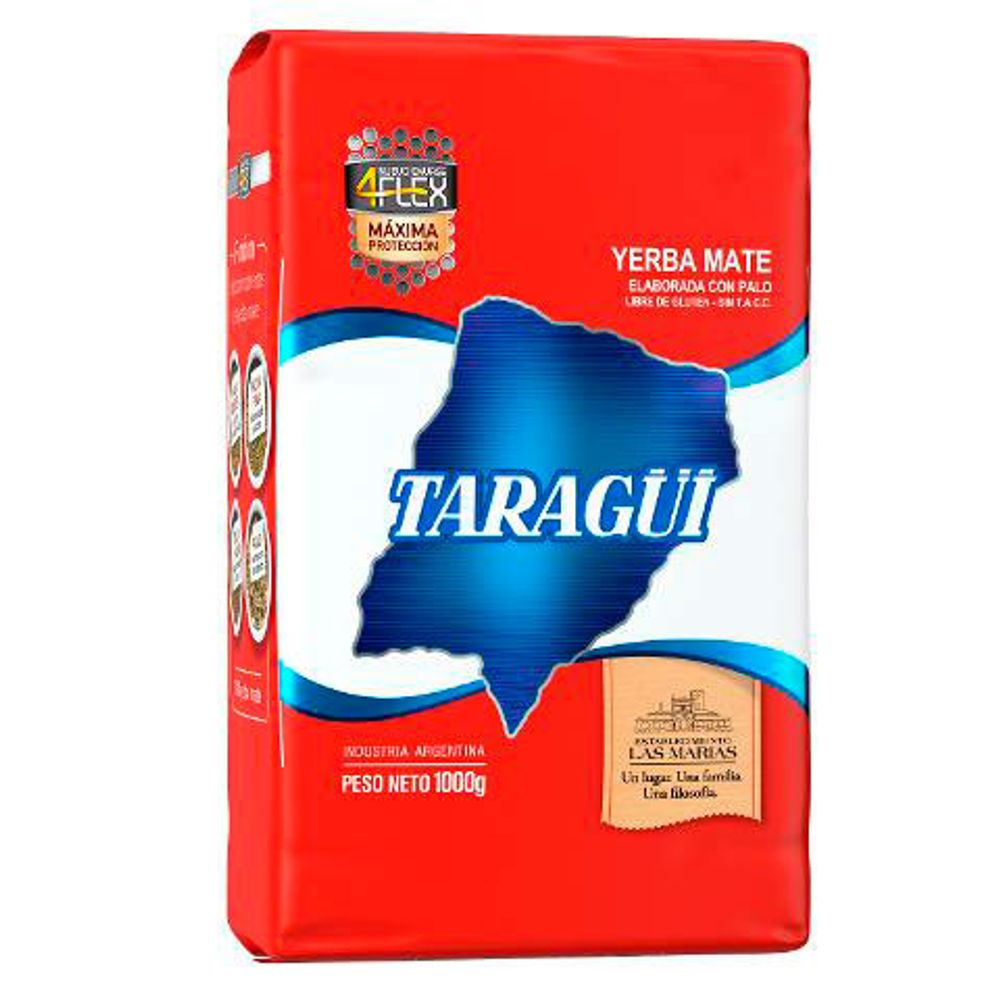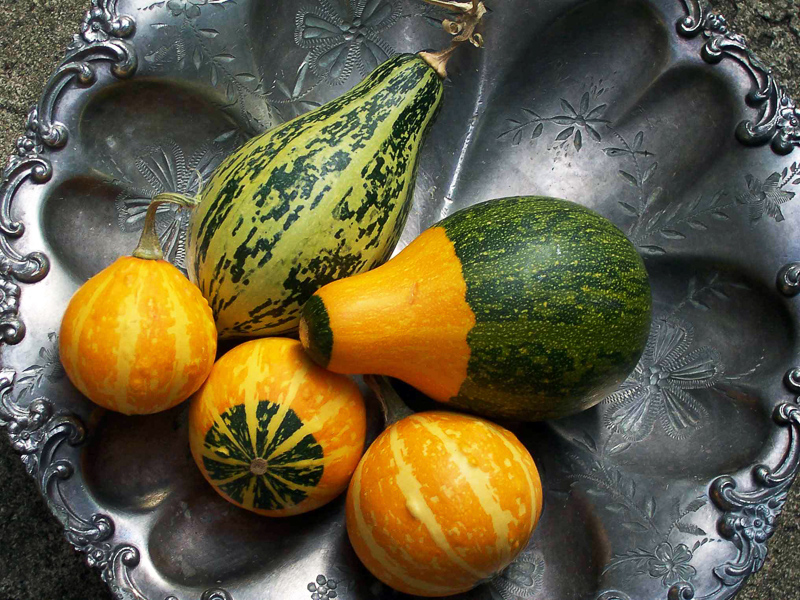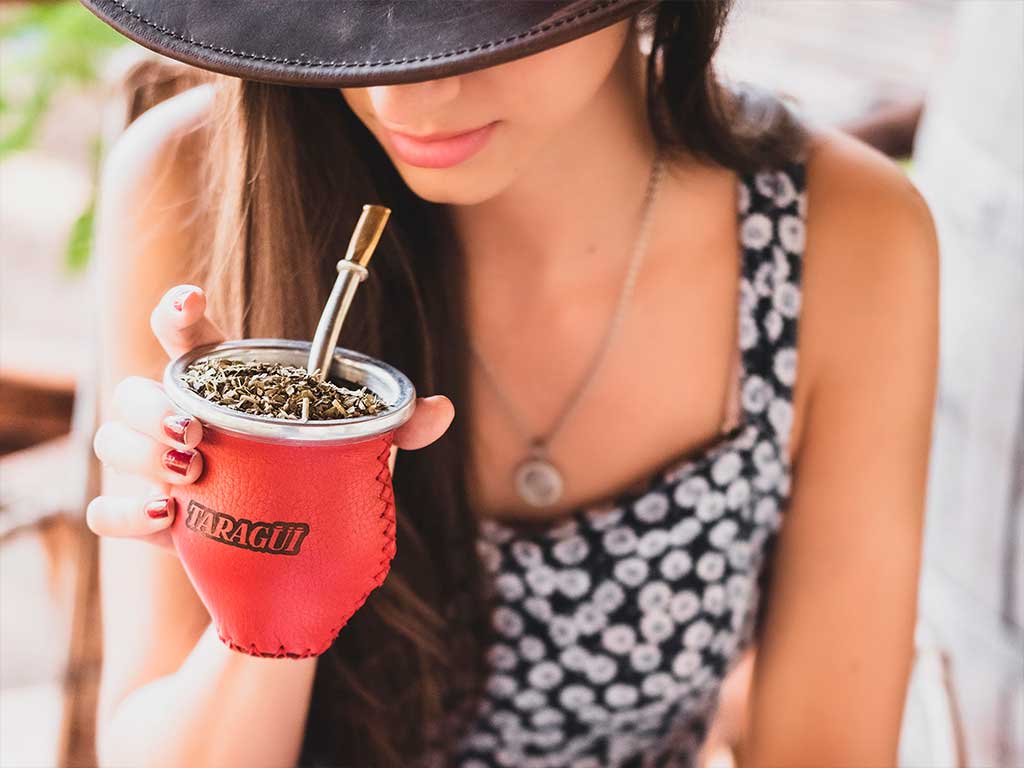I seem to remember them being mainly black and white.
You remember correctly. However, the label always seems to have incorporated red as shown in this 1950s advert:
Attachments
Last edited:
That brought back the stench of Brylcreem as clearly as if there was a freshly opened jar of it right under my nose. Ugh!...Brylcreem...
...Nivea...
When I was a little boy, my mom and older sisters used Nivea face cream. I waited eagerly for each new container to be empty. Nivea containers were made of thin aluminium sheet. The material was thin enough to cut with my mom's scissors, and thick enough to have more strength than empty toothpaste-tube aluminium.
For me, it was a very precious building material for all the contraptions I was constantly building.
I wonder why the world stopped using aluminium for jars and tooth-paste tubes and grille material. Was it just that plastic became cheaper? Or is aluminium now in shorter supply than it was 50 years ago?
-Gnobuddy
Now that brings back memories! I remember flattening metal from toothpaste tubes for material to "superdetail" models. The stuff was easily cut into intricate shapes with a number 11 X-Acto blade for things like ribs for aircraft wings. I could use a needle to simulate damage like bullet holes, etc. This was all in the days before photo-etched parts were available.
I'd always heard of Brylcreem, but never saw it as a kid. What I do remember was that every barber shop seemed to have a lonely, dust-covered bottle of Vitalis on the counter.
I'd always heard of Brylcreem, but never saw it as a kid. What I do remember was that every barber shop seemed to have a lonely, dust-covered bottle of Vitalis on the counter.
I wonder why the world stopped using aluminium for jars and tooth-paste tubes and grille material.
Was it just that plastic became cheaper? Or is aluminium now in shorter supply than it was 50 years ago?
Aluminium is not in short supply. The world has huge reserves of bauxite. Plus, aluminium can be endlessly recycled.
However, aluminium requires twice as much energy per tonne to produce than polyethylene terephthalate (PET).
This is reflected in a higher cost per tonne for new aluminium than for PET.
and as we all know, plastics are so much easier to recycle😵
need I even say ”sarcasm”
My son is in the restaurant industry and we all note that take out has skyrocketed over the past couple of years to the point that waste disposal / recycling streams are almost as overloaded as heath care facilities. A local consortium of small independent establishments have embarked on a experiment in using re-usable plastic take out containers, certified with a printed QR code. You pay a small one time fee, then when finished with your meal, rinse out and return to any participating restaurant for exchange with a sterilized container when picking up your next meal. I kinda like the idea; anything to reduce the quantity of single use packaging can’t be a bad thing?
need I even say ”sarcasm”
My son is in the restaurant industry and we all note that take out has skyrocketed over the past couple of years to the point that waste disposal / recycling streams are almost as overloaded as heath care facilities. A local consortium of small independent establishments have embarked on a experiment in using re-usable plastic take out containers, certified with a printed QR code. You pay a small one time fee, then when finished with your meal, rinse out and return to any participating restaurant for exchange with a sterilized container when picking up your next meal. I kinda like the idea; anything to reduce the quantity of single use packaging can’t be a bad thing?
I much suspect/fear the World supply has been sucked up by beer can makers.I wonder why the world stopped using aluminium for jars and tooth-paste tubes and grille material. Was it just that plastic became cheaper? Or is aluminium now in shorter supply than it was 50 years ago?
-Gnobuddy
Maybe that tells something about Society evolution 😉
Aluminum is still used in medicine tubes, and Araldite, where the resin (white cap) tube gets eaten away.
But in a usage where the air does not spoil the product, or in a collapsible tube, plastic is convenient, and offers far more ease of production and use.
I always laugh at the amount of food packaging used abroad, here a plastic bag with string or a knot is used for tea and food, and in South India, banana leaves, which double up as plates, are common.
You dump them in the trash, cow food, or at least bio degradable.
There are all sorts of food safety and security concerns in the Western world, and so the use of disposable packaging is incredible.
Styrofoam coffee cups, coffee capsules...the list is endless.
But in a usage where the air does not spoil the product, or in a collapsible tube, plastic is convenient, and offers far more ease of production and use.
I always laugh at the amount of food packaging used abroad, here a plastic bag with string or a knot is used for tea and food, and in South India, banana leaves, which double up as plates, are common.
You dump them in the trash, cow food, or at least bio degradable.
There are all sorts of food safety and security concerns in the Western world, and so the use of disposable packaging is incredible.
Styrofoam coffee cups, coffee capsules...the list is endless.
There are all sorts of food safety and security concerns in the Western world, and so the use of disposable packaging is incredible.
Styrofoam coffee cups, coffee capsules...the list is endless.
Yeah, endless.....
You RICH guys, don´t BRAG please.here a plastic bag with string or a knot is used for tea and food,
Here sales guy says "open your hand, palm up" and proceeds to deposit a couple spoonfuls of Tea, sugar, whatever.
Then to avoid wasteful containers at home, we straight pour boiling water into our hands, to make Tea in the most ecological way.
It hurts a little, but getting the Greta Thunberg Prize is well worth it.
Restaurants do give food in throw away containers, but they do get re used, they are strong enough for that.
Some charge extra, to discourage packing. And some say we saved on service and cleaning, so give 20 % discount, free packing.
Now the use of single use packaging is being banned, and there will be a minimum thickness for bags.
I think medical packaging will be exempt.
Our railways used to serve tea in earthen pots, I think now paper cups.
Good, as I know a person who was making 3000 tons per year of plastic cups for tea shops, and he was one of many in India.
Some charge extra, to discourage packing. And some say we saved on service and cleaning, so give 20 % discount, free packing.
Now the use of single use packaging is being banned, and there will be a minimum thickness for bags.
I think medical packaging will be exempt.
Our railways used to serve tea in earthen pots, I think now paper cups.
Good, as I know a person who was making 3000 tons per year of plastic cups for tea shops, and he was one of many in India.
My eyes roll when I read 3000 Tons of disposable plastic cups.
If anything, because that means 3000 Tons of hard to dispose of waste, plus "eating" way more than 3000 tons of Oil, just to make all that plastic.
The cup you show is beautiful but I see very heavy , so very wasteful, for a plain disposable cup which is dumped by the millions.
As a comparison, our yerba mate (our national herbal tea) is immensely less wasteful.
And immensely is an understatement.
To begin with it´s sold in 1kg thin paper packs, very little material used and very recyclable:

or large families buy it by the 5 kg paper or burlap bag, even more ecological😉
besides, no plastic/paper/glass/anything cups involved, since it is brewed and drank from its own vessel, which is not only NOT disposable (it takes about a week use to "cure" and provide proper flavour) but which to boot is organic made: it´s made out of a hollowed and dried up gourd, go figure.
It goes from this:

to this:

you can´t be more "ecological" than that 🙂
If anything, because that means 3000 Tons of hard to dispose of waste, plus "eating" way more than 3000 tons of Oil, just to make all that plastic.
The cup you show is beautiful but I see very heavy , so very wasteful, for a plain disposable cup which is dumped by the millions.
As a comparison, our yerba mate (our national herbal tea) is immensely less wasteful.
And immensely is an understatement.
To begin with it´s sold in 1kg thin paper packs, very little material used and very recyclable:

or large families buy it by the 5 kg paper or burlap bag, even more ecological😉
besides, no plastic/paper/glass/anything cups involved, since it is brewed and drank from its own vessel, which is not only NOT disposable (it takes about a week use to "cure" and provide proper flavour) but which to boot is organic made: it´s made out of a hollowed and dried up gourd, go figure.
It goes from this:

to this:

you can´t be more "ecological" than that 🙂
Juan,
Plastic cups are around 30 per pound or 60,000 per ton. So that would be 180,000,000 cups.
Producing such cups working 24 hours a day and all 365 days a year would require more than 20,000 cups per hour.
The population of India is roughly 1.5 billion people. As I don’t even use one disposable plastic cup per day, I really can’t estimate how far that cup production would serve a population of that size.
I also suspect in this country most of the disposable cups used by restaurants are waxed paper.
Around my workplace most folks use ceramic mugs rather than disposable cups for their daily coffee consumption.
Then we could look at the feedstock for plastic is a byproduct of gasoline production. Expect the cost to increase as less oil and gasoline are produced.
Plastic cups are around 30 per pound or 60,000 per ton. So that would be 180,000,000 cups.
Producing such cups working 24 hours a day and all 365 days a year would require more than 20,000 cups per hour.
The population of India is roughly 1.5 billion people. As I don’t even use one disposable plastic cup per day, I really can’t estimate how far that cup production would serve a population of that size.
I also suspect in this country most of the disposable cups used by restaurants are waxed paper.
Around my workplace most folks use ceramic mugs rather than disposable cups for their daily coffee consumption.
Then we could look at the feedstock for plastic is a byproduct of gasoline production. Expect the cost to increase as less oil and gasoline are produced.
Thanks for your data..
I am amazed: 60 grams per disposable cup? 😵
I find that extremely wasteful.
That (admittedly very well made and durable) cup appears to have some 2 to 3 mm walls ... perfect for one you buy and keep, way overkill for single use.
Just checked an Indian supplier (Sejal Plastic from Gujarat) and they offer 225ml polypropylene plastic cups , 440 micron thickness, which I calculate to weigh some 9 grams each, way more sensible.
And those seem to be "blown" (vacuum thermal process), way cheaper and faster than your example which appears to be injected.
Thanks for your posting, it made me find lots more, such as the Indian Railways 22 million passengers per day ..... even if 1% buys a tea cup ... that becomes a gigantic market.
Everything becomes gigantic if stretched to Country size, specially in the largest population in the World (I consider India and Pakistan the same Country in that respect, only artificially split for political reasons) ,won´t go further because this is not the proper area.
Let´s return the thread to the funny guys, who have been posting little lately 😉
I am amazed: 60 grams per disposable cup? 😵
I find that extremely wasteful.
That (admittedly very well made and durable) cup appears to have some 2 to 3 mm walls ... perfect for one you buy and keep, way overkill for single use.
Just checked an Indian supplier (Sejal Plastic from Gujarat) and they offer 225ml polypropylene plastic cups , 440 micron thickness, which I calculate to weigh some 9 grams each, way more sensible.
And those seem to be "blown" (vacuum thermal process), way cheaper and faster than your example which appears to be injected.
Thanks for your posting, it made me find lots more, such as the Indian Railways 22 million passengers per day ..... even if 1% buys a tea cup ... that becomes a gigantic market.
Everything becomes gigantic if stretched to Country size, specially in the largest population in the World (I consider India and Pakistan the same Country in that respect, only artificially split for political reasons) ,won´t go further because this is not the proper area.
Let´s return the thread to the funny guys, who have been posting little lately 😉
Good for you. We've never seen real tea, that is only for the rich. We live in a shoe-box (many families together) and we just make "tea" from sawdust and cold water.Here sales guy says "open your hand, palm up" and proceeds to deposit a couple spoonfuls of Tea, sugar, whatever.
Then to avoid wasteful containers at home, we straight pour boiling water into our hands, to make Tea in the most ecological way.
That was a sample to show the shape.
The actual cups are sun dried earthenware, not oven fired.
They disintegrate to earth, so ecologically friendly. Each is about 20grams.
Now here waxed paper cups are being used.
We get tea in bags at the factory, serve in steel mugs, which are then washed with soap, as normal utensils.
Better than foam, I do have a choice of getting it in a thermos, that has its own issues.
We had a kid break the glass inside, he forgot sugar, so he put it later and stirred it...with that level of intelligence, no way I am using a thermos.
The actual cups are sun dried earthenware, not oven fired.
They disintegrate to earth, so ecologically friendly. Each is about 20grams.
Now here waxed paper cups are being used.
We get tea in bags at the factory, serve in steel mugs, which are then washed with soap, as normal utensils.
Better than foam, I do have a choice of getting it in a thermos, that has its own issues.
We had a kid break the glass inside, he forgot sugar, so he put it later and stirred it...with that level of intelligence, no way I am using a thermos.
That - 440 microns - is thick, the tea stalls were using 200 micron thick 75 ml cups, less than 5 grams apiece. They found it cheaper than washing, so must have been less than 2 grams. They were about three to four a Rupee at one time. So thin that they would get crushed with three fingers.
Buckets and Tupperware type containers are in the 1.5 to 2 mm thickness range. So 2 to 3 mm is on the thick side, may be okay for lab use.
Buckets and Tupperware type containers are in the 1.5 to 2 mm thickness range. So 2 to 3 mm is on the thick side, may be okay for lab use.
Above, Simon7000 said: Plastic cups are around 30 per pound...
450 / 30 = 15 grams each...that is about the right weight for a 250 ml multiple use container, too heavy for disposable here.
1 pound is 454 grams, so 450 is close enough.
Where did the 60 grams per cup come from?
Also, I cannot see the cup picture, maybe network issue.
450 / 30 = 15 grams each...that is about the right weight for a 250 ml multiple use container, too heavy for disposable here.
1 pound is 454 grams, so 450 is close enough.
Where did the 60 grams per cup come from?
Also, I cannot see the cup picture, maybe network issue.
- Home
- Member Areas
- The Lounge
- Something to lighten the mood
